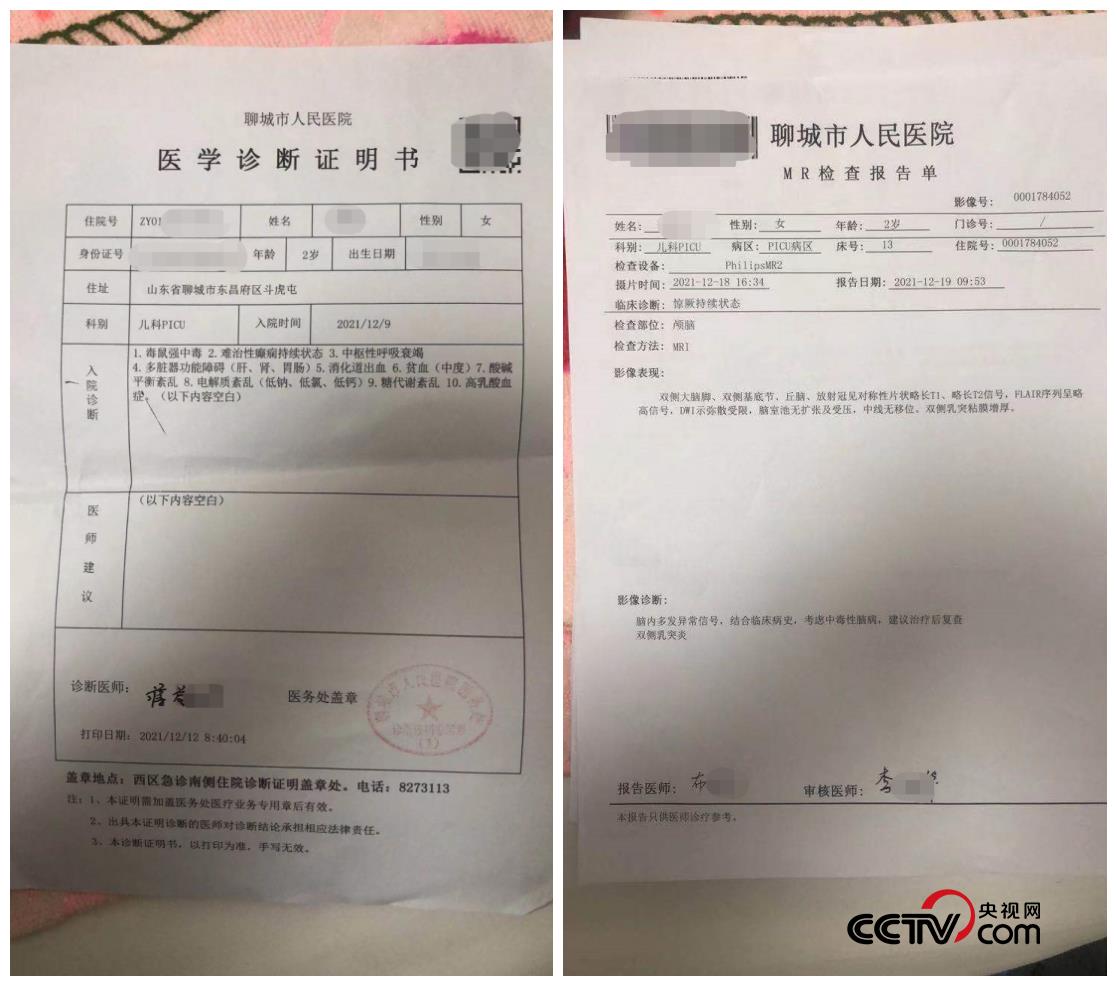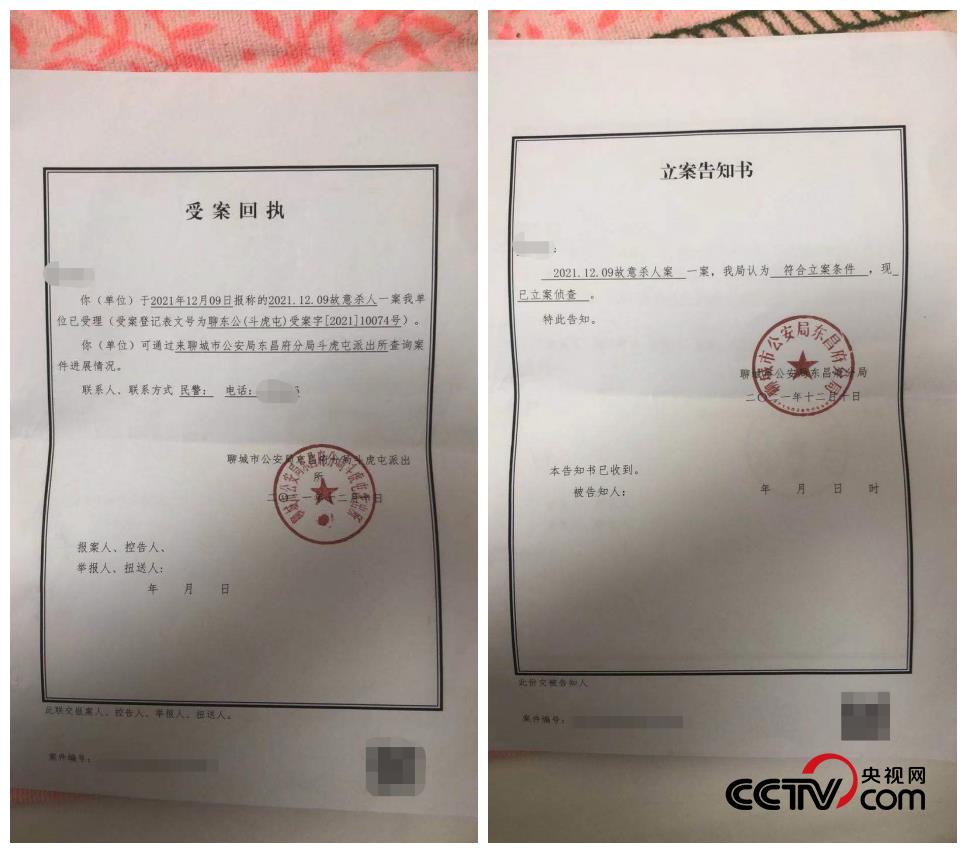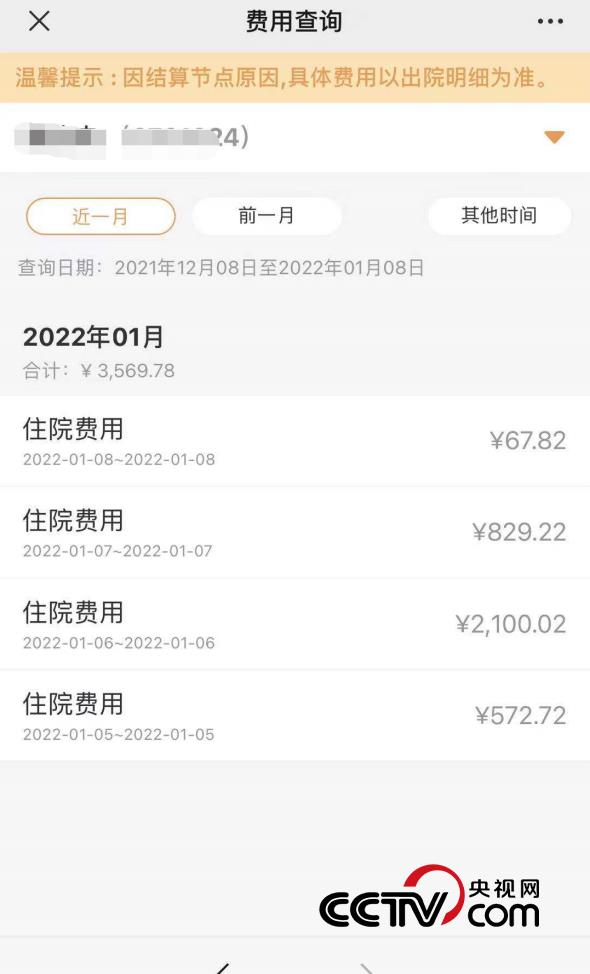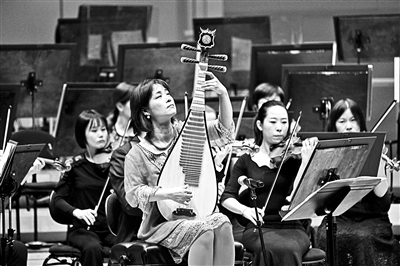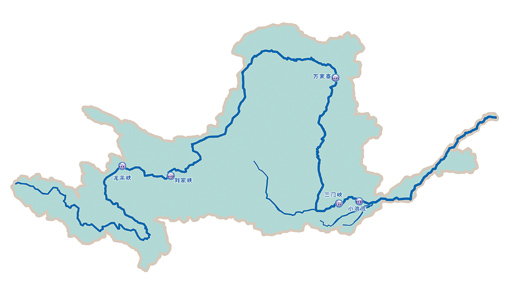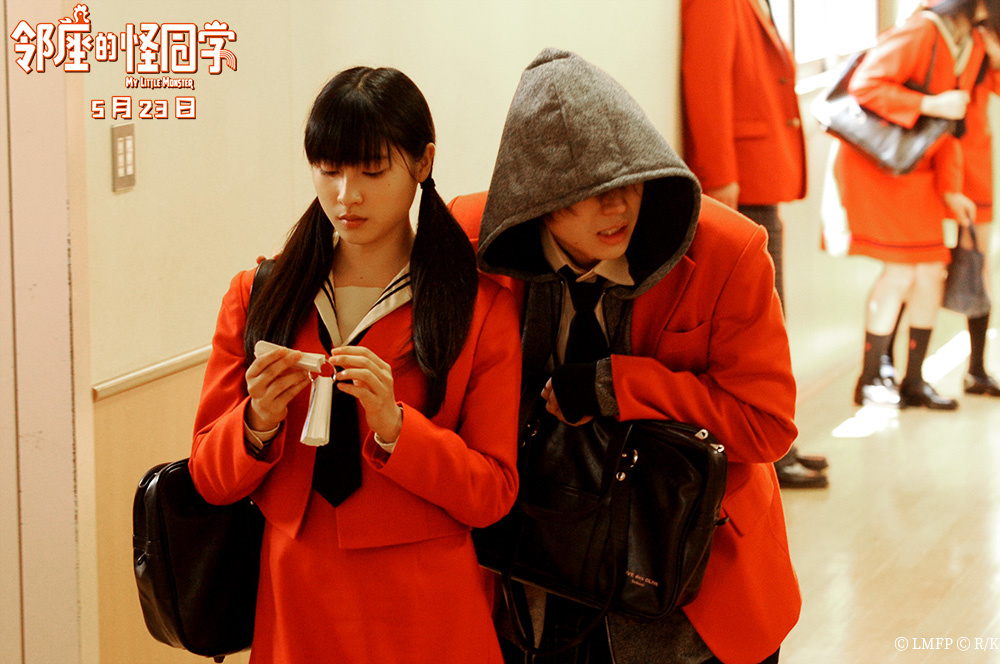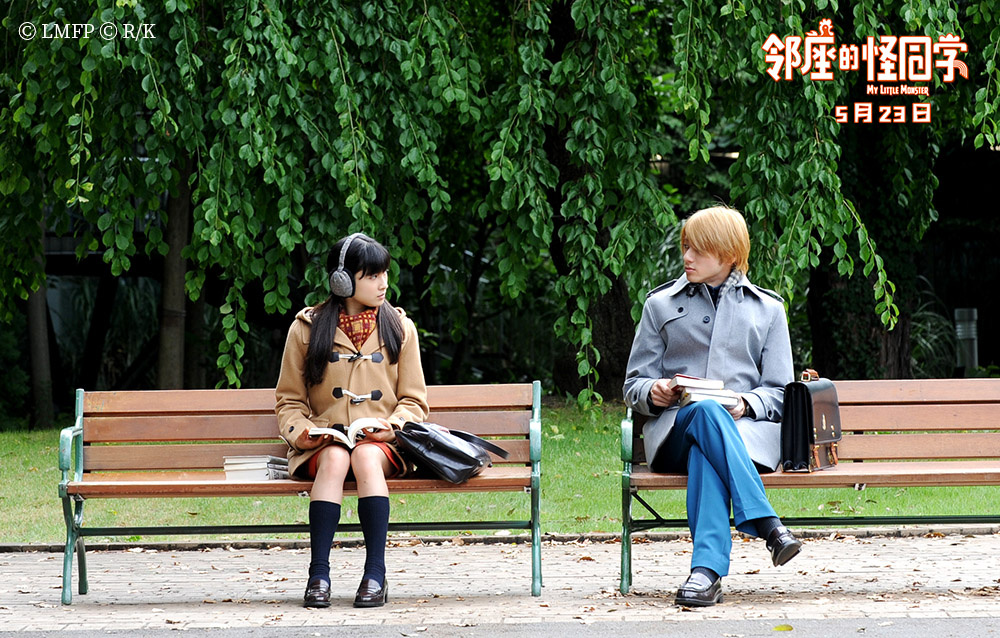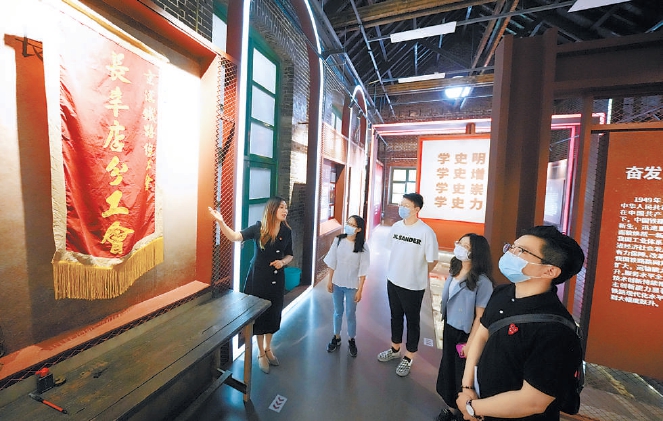Jiujiang, known as Xunyang in ancient times, is embedded in the banks of the Yangtze River and Poyang Lake, which is "the mouth of three rivers and the thoroughfare of seven provinces" and "the land of the world’s eyebrows".
This famous historical and cultural city, which lives by water and thrives on water, is a combination of great rivers, great lakes and famous mountains. It has a coastline of 152 kilometers along the Yangtze River and two-thirds of Poyang Lake waters, and is also the only port city along the river in Jiangxi.
In October 2023, General Secretary of the Supreme Leader came to Jiujiang City, Jiangxi Province for investigation and investigation. In the Jiujiang section of the Yangtze River National Cultural Park, the Supreme Leader General Secretary pointed out that the Yangtze River is the link of the Yangtze River Economic Belt. No matter how and at what stage the Yangtze River Economic Belt develops in the future, it is impossible to leave the feeding of the Yangtze River. We should proceed from the harmonious coexistence of man and nature, focus on the sustainable development of the Chinese nation, and protect the Yangtze River well.
Keeping in mind the entrustment and striving for progress, Jiujiang thoroughly implements the concept of "jointly protecting and not developing", adheres to ecological priority and green development, explores new ways of coordinated development of economic development and ecological protection, cultural inheritance and industrial innovation, and draws a vivid picture of traditional culture and modern civilization.
A few days ago, the Guangming Daily research group came to Jiujiang to feel the beauty of Jiujiang’s ecology, culture and industry, and to explore the vivid practice of harmonious coexistence between man and nature.
Protecting a River Clear Water System and Harnessing the Yangtze River Shoreline
At one time, Jiujiang also faced the problems of ecological degradation and river water pollution. Nowadays, the beautiful picture of "one river with clear water" reappears, and "there is a new scene along the river and people in Shuicheng are in harmony", which is behind Jiujiang’s unremitting efforts to promote the management and scientific protection of the Yangtze River shoreline system as a whole.
Guarding the An Lan of the Yangtze River, in November, 2021, the emergency treatment project of bank collapse in Jiangxi section of the Yangtze River started construction. "After the implementation of this project, the bank slopes along the river bank and lake bank have been stabilized to avoid collapse and collapse, and together with the Yangtze River embankment, a complete flood control engineering system has been formed." Xu Yushan, deputy director of Jiujiang Water Resources Bureau, said.
Walking by the river, pieces of concrete plants are firmly spliced together; Green grass emerges from the gabion net mat and extends into the water.
"Planting water-resistant plants such as reeds and reeds on the hydrophilic platform not only enhances the stability and diversity of aquatic ecosystems, but also realizes the organic integration of engineering landscape, natural ecology and history and culture." Xu Yushan further said.
Bank collapse control is only one of the projects of Yangtze River shoreline regulation. Jiujiang system has implemented the three-year protection work of the Yangtze River, with a total of 856 sewage outlets in the Yangtze River and 417 sewage outlets in key rivers and lakes, 74 illegal docks have been demolished, 37 chemical enterprises that have withdrawn from the river for 1 km have been closed down, and a multi-co-governance model for ship pollution prevention and control has been explored, achieving 100% unified reception, transshipment and disposal of domestic garbage, domestic sewage and oily sewage ashore. The Jiujiang section of the main stream of the Yangtze River has maintained Class II water quality for seven consecutive years.
"Don’t let a drop of oil and sewage enter the river", and the research team came to Jiujiang Petrochemical, only to see that the sewage treatment in the factory area was green and intelligent, and the garden-style factory became more and more full of green; Outside the factory, the whole process of oil loading and unloading has been monitored in real time, and the Yangtze River ecology has been protected by green ports.
Poyang Lake is the home of endangered species such as Yangtze finless porpoise, and also an important habitat for rare birds such as crane. In the past, due to overfishing and fishing, this ecological barrier was once fragile.
The "subtraction" of the ten-year fishing ban has brought the "addition" of biodiversity. "In the past, fishermen got together and the river was covered with nets. Now the fishing boats are gone, and there are so many fish that you can see the waves they turned up." A fishery law enforcement officer in Jiujiang section of the Yangtze River said.
The finless porpoise is not only the "indigenous people" of the Yangtze River, but also a witness to the ecological improvement of the Yangtze River. According to the data published in the Bulletin on Aquatic Biological Resources and Habitat in Jiangxi Province in 2023, the Yangtze finless porpoise was monitored for 24 times in Jiujiang section of the Yangtze River and 427 times in Poyang Lake. In addition, 61 species of indigenous fish were detected in Jiujiang section of the Yangtze River and 81 species of indigenous fish were detected in Poyang Lake, including the national second-class protected aquatic wild animal Myxocyprinus asiaticus and the Jiangxi provincial key protected wild animal Anoplophora longkistrodon.
In order to continue to consolidate the results of the fishing ban, the local team of "fish guards" was established to explore diversified ways of changing jobs, and 12,022 fishermen who had been retired realized 100% job placement. Establish a multi-sectoral joint law enforcement mechanism to ban fishing, and form an integrated supervision mechanism of "civil air defense+technical defense+machine defense" to promote the 10-year ban on fishing from tackling key problems to lasting, and from palliative to permanent.
Institutional innovation "insures" ecological protection. Jiujiang established an "ecological product value transformation center" and entrusted the foundation to manage the ecological restoration funds of environmental protection cases in the form of public trust; Continue to deepen the cooperation mechanism of "water administrative law enforcement+procuratorial public interest litigation+technical support"; Actively explore the trading mechanism of emission rights reserve, and promote the pilot project of emission rights reserve trading to "all factors, all fields, all industries and cross-regions". This year, Jiujiang expanded the pollutant categories of emission rights reserve from the original four to eight, and has sold 105 cases of emission rights totaling 40.8872 million yuan.
An Lan in rivers and lakes, porpoises chasing waves, fishermen "going ashore" and exultation of fish … This is a vivid embodiment of Jiujiang’s practice of Lucid waters and lush mountains are invaluable assets’s concept.
Promote the comprehensive transformation of industries, pursue green and new heights.
Steel, petrochemical, building materials and other industries with high pollution and energy consumption once became a heavy burden for Jiujiang’s high-quality development. Jiujiang’s road to comprehensive green transformation has been laid out in an orderly manner with the determination of a strong man to break his wrist and the wisdom of technological empowerment.
The complete set of aromatic hydrocarbon technology is a landmark technology representing the development level of petrochemical industry. In 2022, Jiujiang Petrochemical’s combined plant with an annual output of 890,000 tons of aromatics was put into operation, and the energy consumption was further reduced. With the promotion of the annual output of 1.5 million tons of aromatics and oil refining supporting transformation projects, it is expected to "rebuild a Jiujiang Petrochemical". "This is the key to promote the transformation and upgrading of’ refining and chemical integration’ and build a world-leading green intelligent refining and chemical enterprise." Chen Guangsheng, a staff member of Jiujiang Petrochemical Company, introduced.
As a comprehensive pilot city for the optimization and upgrading of traditional industries in Jiangxi Province, Jiujiang has made every effort to promote traditional industries such as petrochemical, steel and building materials to pursue new, green and high. "Transformation is not a simple’ shutdown and turn’, but a completely new technological innovation." Ding Gefei, a four-level researcher of Jiujiang Bureau of Industry and Information Technology, told the research team.
At the same time, in order to conform to the new round of scientific and technological revolution and industrial transformation trend, Jiujiang vigorously cultivates new industries such as new materials, new energy, electronic information and high-end equipment manufacturing, and preemptively lays out industrial tracks such as nuclear technology, low-altitude economy, hydrogen energy and artificial intelligence.
Telford Technology, which started from Jiujiang, has been deeply involved in the field of electrolytic copper foil since 1985. With 40 years of technology accumulation and industrial chain layout in recent years, the company has built a complete technical system covering the cutting-edge directions such as ultra-thinning, high tensile strength and three-dimensional morphology, and has become a key participant in the global high-end copper foil market.
A large number of emerging industries are "jointing and growing" in this land. Poyang Lake Ecological Science and Technology City, where rows of dark blue photovoltaic panels shine in the sun, is one of the leading photovoltaic glass production bases in the world. In Hukou Hi-tech Industrial Park, the production line of lithium-ion battery cathode material runs at high speed, and the products are continuously supplied to domestic and foreign new energy vehicle enterprises. In gongqingcheng city Digital Economy Industrial Park, young people come and go, and emerging industries such as software research and development and big data analysis gather here.
How to give full play to the advantages of the "golden waterway" of the Yangtze River and help the overall green transformation?
Overlooking the Jiujiang section of the Yangtze River from high altitude, Ruichang, Chengxi, Chengdong, Hukou and Pengze are lined up from west to east, and the big picture of the port development of "one port and five districts" is clear at a glance.
On June 25th, the whistle of Hongguang Wharf in Jiujiang Port rang, and the waterway logistics products of "Ganhutong" were officially released and ushered in its maiden voyage, which was another achievement of deepening strategic coordination between Shanghai Port Group and Jiangxi Port Group. Huang Yaqi, head of the office of Jiujiang Port and Shipping Bureau, said that the product promises "one single system", "one price", "one vote settlement" and "one box to the end", which can cover more than 80% of Jiangxi, help enterprises reduce logistics costs by more than 20%, and achieve the goal of "inland ports and coastal areas have the same effect".
At present, there are 19 international and domestic routes in Jiujiang Port, with an average monthly flight of over 300 voyages, covering 21 provinces and cities such as Jiangsu, Zhejiang, Shanghai and Sichuan, and 29 railway stations where water and rail combined transport starts. In the first half of 2025, Jiujiang Port completed a total cargo throughput of 116 million tons and a total of 472,200 TEUs of containers, both of which increased by more than 10% year-on-year.
From "industrial rust belt" to "green show belt" and "innovative wisdom belt", Jiujiang, with the determination to burn the bridge, eliminated backward production capacity and cultivated emerging industries, and played an impassioned variation of comprehensive green transformation on the bank of the Yangtze River.
Inheriting and Innovating the Yangtze River Culture through the Millennium Context
To promote the high-quality development of the Yangtze River Economic Belt, ecological protection is the foundation, industrial development is the core driving force, and cultural inheritance is the soul and link.
Walk into the Pipa Pavilion on the banks of Xunyang River, board a wooden ship, or stand at the bow to enjoy the modern light and shadow drama I was bidding a guest farewell, at night on the Xunyang River, or take a few steps forward to relive the classic scenes in Pipa Travel with the help of digital technology and Bai Juyi’s "moonlight interaction". The unusual "crossing" experience has made many tourists "plant grass". "To make traditional culture’ live’, we must increase the content of science and technology. In the evening, we also have a large-scale real-life light show "Xunmeng Pipa Pavilion", where visitors experience the dreamy beauty of Pipa Pavilion in an immersive way. " Zhang Tao, the operation manager of Xunyang River Cultural Tourism Scenic Area, said that Pipa Pavilion regularly holds activities such as folk music exhibitions, cultural lectures, poetry study tours, lotte fairs and so on, which has become an important window for spreading Jiujiang culture.
Not far from Pipa Pavilion is Xunyang Building, whose architectural style is the style of folk restaurants in Song Dynasty. "Xunyang Building, with the theme of Water Margin, is a scenic spot integrating sightseeing, drinking tea, listening to books and catering." Zhang Tao introduced: "Look, we also arranged a special storyteller, which was well received by tourists."
1 "pa", the storyteller Sang Jiaqing dressed in a long blue jacket, patted the awakening wood on the book case, and the noisy atmosphere immediately quieted down. The audience sat around the long table and listened to the tea. "I focused on the story of" Water Margin "in Jiujiang, and then combined with local customs to do some processing and talk about the life of the market. Everyone listened more cordially." Sang Jiaqing said.
After the storytelling, the audience went upstairs and looked at the river view with satisfaction. Pipa Pavilion, Xunyanglou, Suojiang Tower, Xunyangjiang Cruise, 98 Flood Exhibition Hall … The Jiujiang section of the Yangtze River National Cultural Park has beaded them into a chain, which has become a leisure place for citizens and a punching place for tourists. Huang Qing, the person in charge of the Jiujiang urban section of the Yangtze River National Cultural Park, said that the third phase of this section will reproduce the development of Jiujiang’s important shipping terminals and old industrial bases through the creation of characteristic blocks, providing open distribution space for citizens and tourists, and realizing the transition from "not seeing the river near the river" to "being close to the water and being hydrophilic".
On October 10th, 2024, Ruichang Tongling Copper Mine Site Museum, one of the key projects of the Yangtze River National Cultural Park, was completed and opened. The exhibition reappears the original appearance of the Shang and Zhou mines, restores the south-to-north copper transportation line, and shows the spectacular scene of the ancestors’ mining and smelting copper and gold road and tin line. "This is a large-scale mining and metallurgy site with the earliest discovery, the most complete preservation and the richest connotation in China. It is of great significance for exploring the source of raw materials for the highly developed bronze casting industry in China and studying the bronze history and metallurgical history of China." The commentator Chen Mengmeng said.
The construction of the Yangtze River National Cultural Park has brought fire to Jiujiang’s urban tourism, which has changed the previous situation that tourists only know Lushan Mountain but don’t know Jiujiang. "Before the completion of the Yangtze River National Cultural Park, there were less than 600,000 tourists in scenic spots such as Pipa Pavilion and Xunyang Building; In less than two years after its completion, it has received more than 6.2 million tourists. " Wei Yakang, head of Xunyang River Scenic Area, said. Activities such as "Jia You Gan Chasing Xunxun Season", "Traveling Jiujiang with Textbooks" and "Going to Jiujiang in a Cool Summer" continued to advance, and "attracting visitors into Xunxun" achieved remarkable results.
As night falls, the historical and cultural block of Dazhong Road is crowded with tourists, and diverse formats such as trend experience, e-sports animation and theme bars compete for generate here. "We hope that through the organic renewal of the city, the central city will be more dynamic, more attractive and more popular." Zhang Ning, secretary of Xunyang District Party Committee, said.
As an immersive and experiential comedy integrating "drama+interaction+catering", Stealing the Heart Dinner has been widely loved by tourists. "We have integrated the Yangtze River culture into the drama, realizing the integration of tradition and modernity, and giving the audience a unique experience." Luo Bin, the head of the theater operator, said.
In the first half of 2025, Jiujiang received a total of 52.5106 million domestic tourists, an increase of 11.96% year-on-year; Domestic tourism revenue was 65.319 billion yuan, up 11.99% year-on-year.
Experience and enlightenment
Jiujiang’s practical exploration is a vivid embodiment of keeping in mind the entrustment of the Supreme Leader General Secretary and unswervingly taking the road of ecological priority and green development. This enlightens us that to further promote the high-quality development of the Yangtze River Economic Belt and build a harmonious and symbiotic life community between man and nature, we must correctly handle several major relationships.
Correctly handle the relationship between system promotion and key breakthroughs. Dealing with the relationship between system promotion and key breakthroughs is our valuable experience in planning reform and promoting development. To further promote the high-quality development of the Yangtze River Economic Belt, it is necessary to adhere to systematic promotion and form a joint force, but also to make precise breakthroughs in key areas and key links, so as to achieve the overall and local matching, the combination of tackling the root cause and treating the symptoms, the convergence of gradual progress and breakthrough, and realize the unity of systematic promotion and key breakthroughs. Therefore, it is necessary to establish a systematic thinking, always regard the Yangtze River as an organic whole, coordinate economic factors such as water, roads, ports, shores, production and cities, and ecological factors such as biology and wetlands, and systematically plan to further promote the high-quality development of the Yangtze River Economic Belt. At the same time, the areas along the Yangtze River should put their own development into the overall situation of high-quality development of the Yangtze River Economic Belt, and seek breakthroughs in key areas and key links such as ecological protection and restoration of the Yangtze River, green and low-carbon transformation, and regional synergy.
Correctly handle the relationship between high-quality development and high-level protection. Development and protection are not "one-choice questions". To further promote the high-quality development of the Yangtze River Economic Belt, we must persist in making greater efforts in high-level protection, support high-quality development with high-quality ecological environment, and explore new ways to promote ecological priority and green development in coordination. Therefore, based on the integrity and systematicness of the Yangtze River basin ecosystem, we should implement the Yangtze River ecological protection and restoration project and build the ecological foundation for the sustainable development of the Yangtze River Economic Belt. Work together to reduce carbon, reduce pollution, expand green and grow, promote the overall green and low-carbon transformation of the economy and society, enhance the ecological "gold content" and develop "green content", and plant a green background for the high-quality development of the Yangtze River Economic Belt. Accelerate the improvement of Lucid waters and lush mountains are invaluable assets’s transformation mechanism, expand the pilot scope and field of ecological product value realization, establish a unified ecological product catalogue and evaluation mechanism, and transform ecological advantages into development advantages.
Correctly handle the relationship between cultivating new kinetic energy and renewing old kinetic energy. Cultivating new kinetic energy and renewing old kinetic energy is a process of mutual promotion, and it is also the proper meaning of achieving high-quality development. It is necessary to keep a close eye on the new round of scientific and technological revolution and industrial transformation, promote the cultivation of new kinetic energy and update the old kinetic energy in a coordinated way, run a comprehensive green and low-carbon transformation through the whole process of further promoting the high-quality development of the Yangtze River Economic Belt, and promote the innovation of development mode and the transformation of development kinetic energy in the "common protection". Therefore, we should firmly grasp the "bull nose" of innovation, strengthen the layout of national strategic scientific and technological forces in the Yangtze River Economic Belt, speed up tackling key problems and break through a number of key core technologies, and promote the deep integration of scientific and technological innovation and industrial innovation. Adhere to the direction of intelligence, greening and integration, promote the green transformation and upgrading of traditional advantageous industries, promote the continuous growth of emerging industries, and lay out a number of future industries ahead of schedule. Unswervingly expand opening up, make overall plans to promote "hard connectivity" of infrastructure and "soft connectivity" of rules and mechanisms, accelerate the construction of a unified national market, and deepen the integration and docking with the "Belt and Road" construction.
Correctly handle the relationship between integrity and innovation. Adhering to the unity of integrity and innovation is not only the experience summary and law revelation of socialist cultural construction, but also the basic criterion to promote the prosperity and development of culture in the new era. Practice shows that vigorously promoting the construction of the Yangtze River National Cultural Park, protecting, inheriting and promoting the Yangtze River culture have provided strong spiritual impetus and realistic creativity for further promoting the high-quality development of the Yangtze River Economic Belt. It is necessary to improve the integration and sharing mechanism of cultural relics and cultural heritage resources in the Yangtze River, and establish and improve a multi-level and cross-regional protection and cooperation mechanism. Study and formulate the map of the Yangtze River culture, deeply explore the value of the Yangtze River culture in the times, introduce more high-quality cultural products that meet the needs of the masses and reflect the Yangtze River culture, and tell the story of the Yangtze River well. Explore the deep integration of culture and science and technology in the Yangtze River, innovate new scenes and modes of cultural tourism consumption, promote the construction of yangtze river international golden tourism belt, and improve the quality and efficiency of the integration and development of cultural tourism in the Yangtze River. Promote the organic integration of Yangtze River culture, landscape culture and urban and rural construction, promote the pilot project of rural revitalization empowered by cultural industry, implement the action of urban renewal empowered by cultural tourism industry, and show the harmonious urban and rural landscape of mountains, rivers and people.
(Members of the research team: Chen Yunping, Zhang Yihong, Chen Deming, Yu Yonghua, special researchers of Socialism with Chinese characteristics Theoretical System Research Center, Guangming Daily reporter Hu Xiaojun, Wang Yang, Li Yulan)
